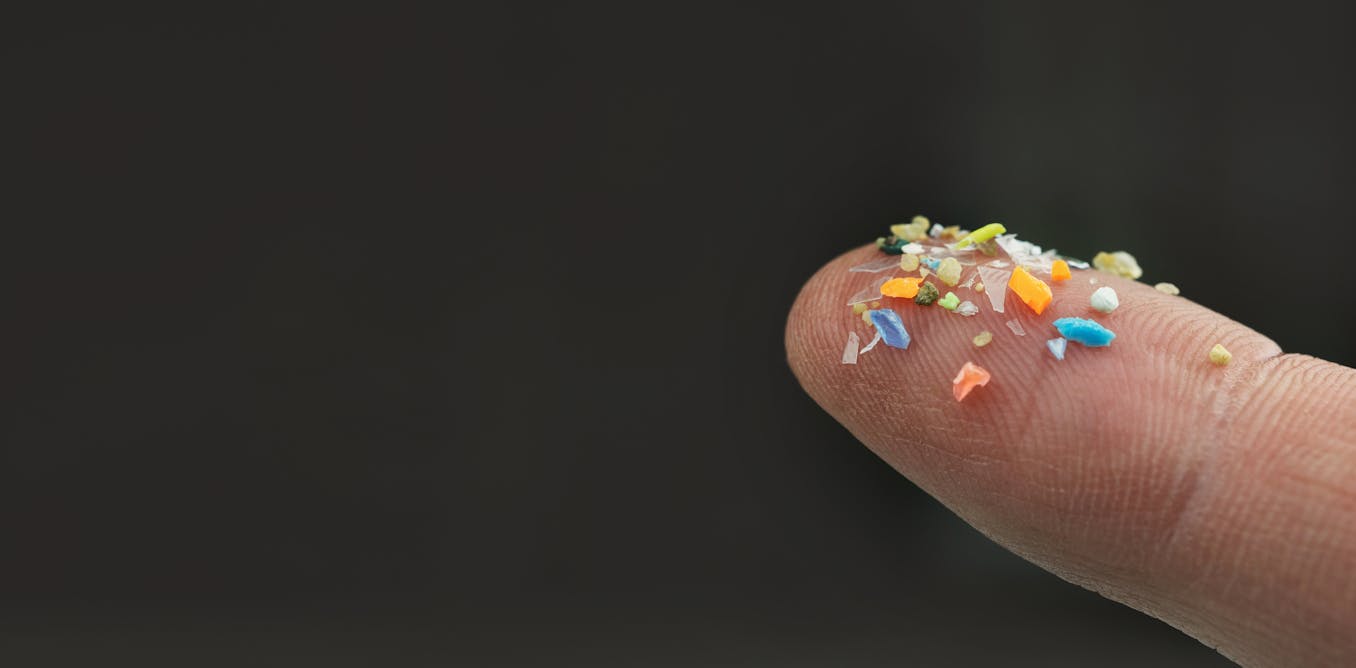 Microplastics have been identified in the water we drink, the air we breathe and the food we eat – including seafood, table salt, honey, sugar, beer and tea. Sometimes the contamination occurs in the environment. Other times it’s the result of food processing, packaging and handling. More data is needed on microplastics in human foods such as land-animal products, cereals, grains, fruits, vegetables, beverages, spices, and oils and fats.
Microplastics have been identified in the water we drink, the air we breathe and the food we eat – including seafood, table salt, honey, sugar, beer and tea. Sometimes the contamination occurs in the environment. Other times it’s the result of food processing, packaging and handling. More data is needed on microplastics in human foods such as land-animal products, cereals, grains, fruits, vegetables, beverages, spices, and oils and fats.
As equipment has advanced, scientists have identified smaller particles. They’ve found microplastics in our lungs, livers, kidneys, blood and reproductive organs. Microplastics have crossed protective barriers into our brains and hearts. While we eliminate some microplastics through urine, faeces and our lungs, many persist in our bodies for a long time.



There are some specific medical issues we’ve found, but evidence is “emerging”.
Micro plastics are bad because of their ubiquity and they never degrade (within human lifetime). Everything you eat, drink, breathe is contaminated with microplastics. They accumulate throughout your body and will stay for your lifetime. Similar for all plant and animal life. Researchers have even found microplastics within newborns. You can’t avoid them. You can’t get rid of them. At this scale, any impact becomes bad